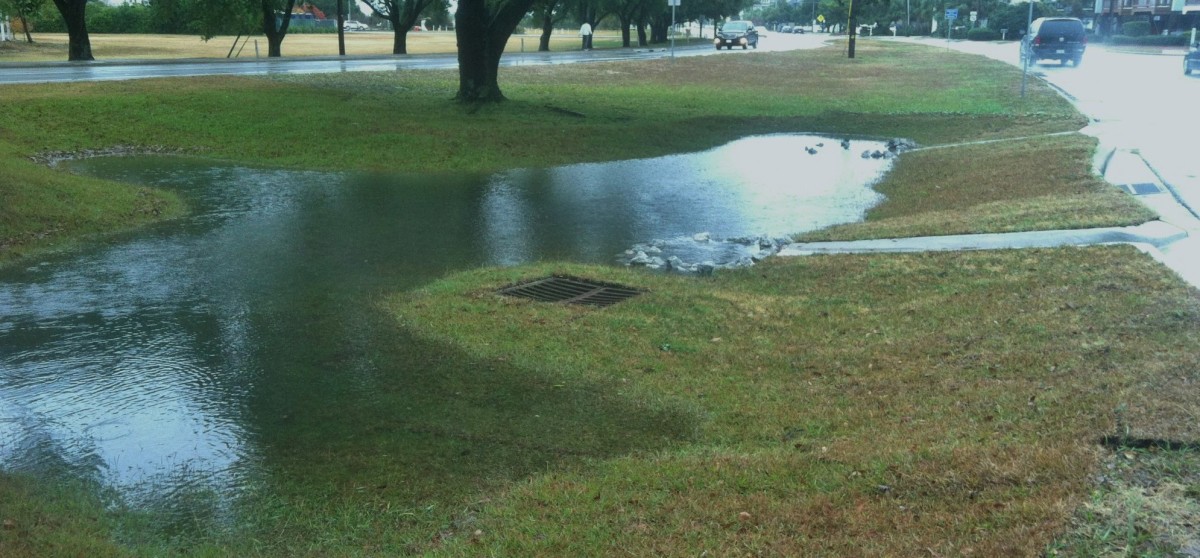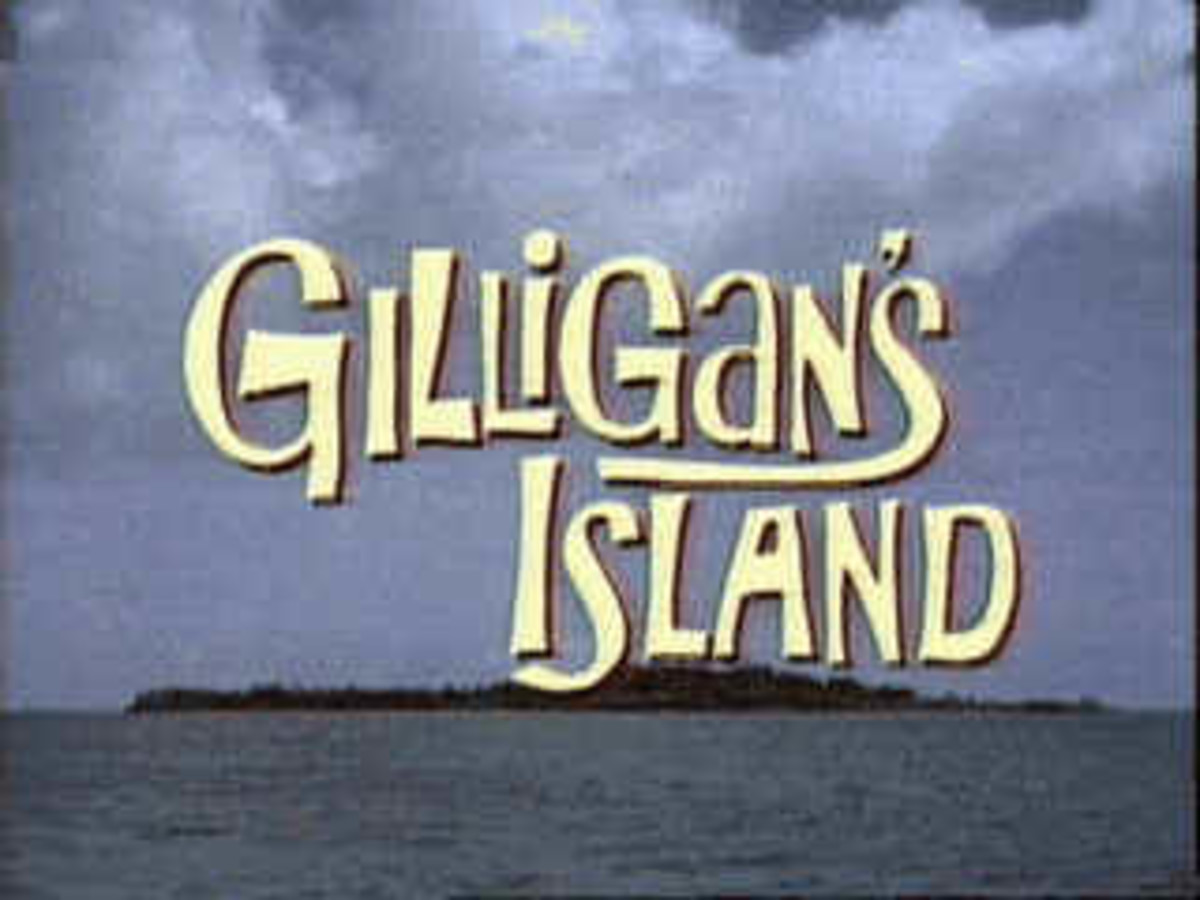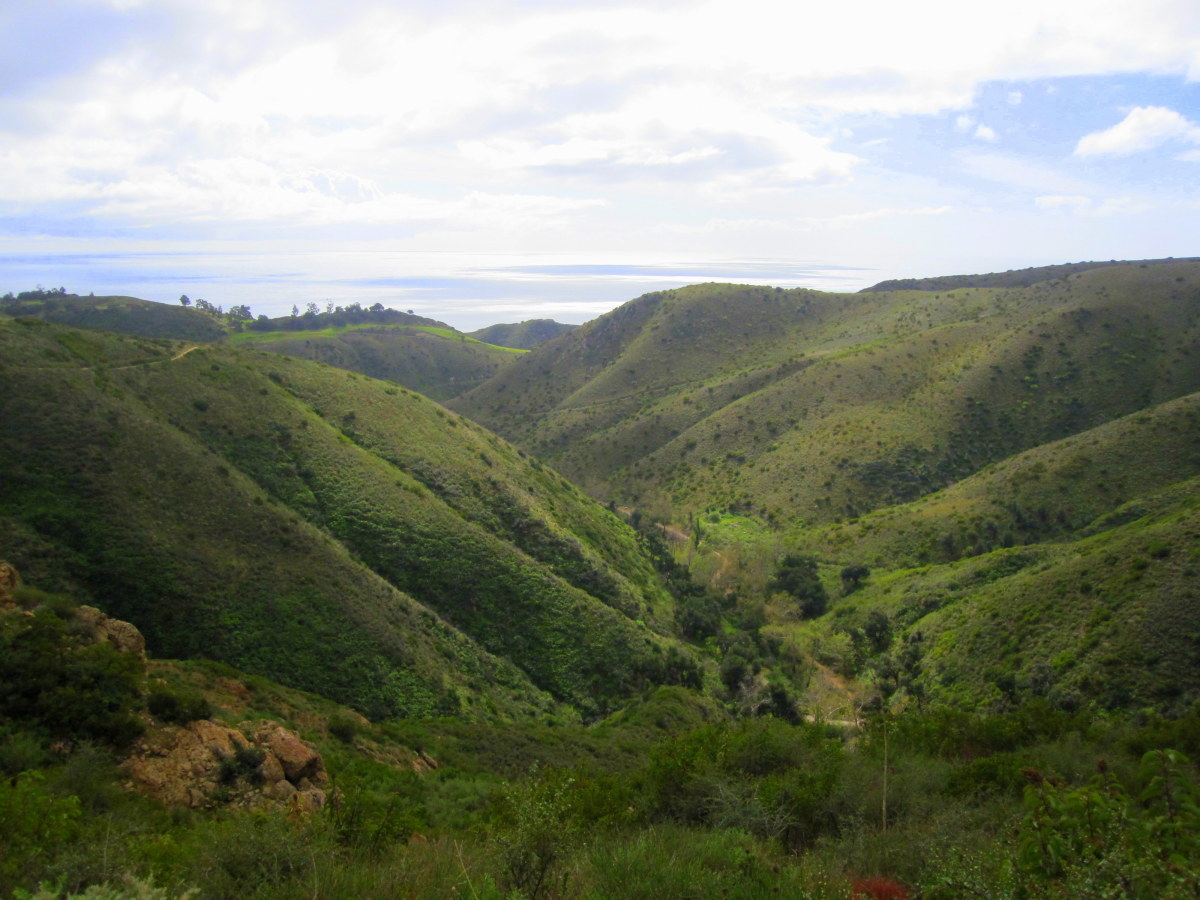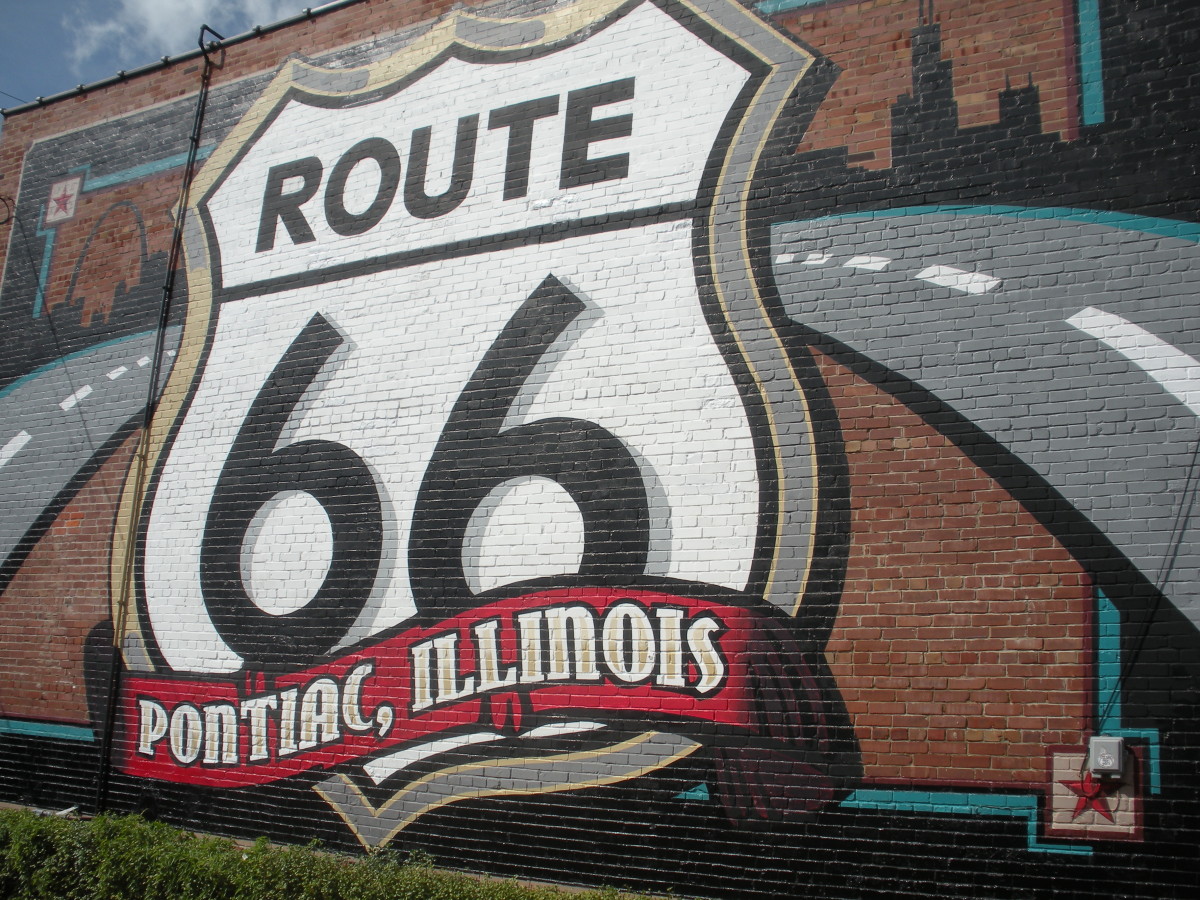Urban Sustainability of Santa Monica, California
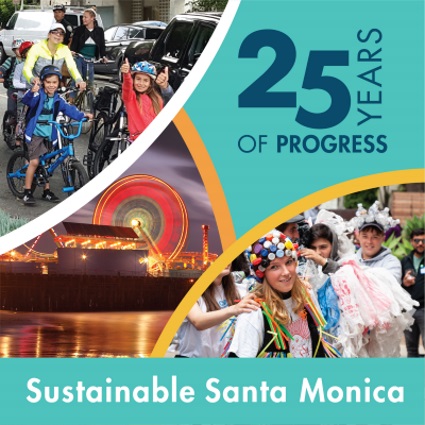
Urban Sustainability of Santa Monica, California
As the population grows yearly, the environment also has less space for occupancy. Every place gets crowded, not just with people but also with cars coming and going, different stores offering various products, factories, and everything that contributes to pollution. It seems man cannot exist in the world without destroying it. There are resources that continue to decrease and are not even replenished. Sustainability pertains to the ability of the world to sustain its resources. It can also be defined as actively living without depleting resources for the next generation to survive. When people talk about urban sustainability, it means being able to build buildings and structures in cities without getting rid of trees or running out of resources. Challenges exist in an urban environment that is not present in other urban areas. But as each city grows or expands in the area, so does the land decrease in availability for other occupants. That is why it is now common to see among cities with limited land area different buildings which are built higher than the rest just to be able to provide space for other people. Growth in the area of the cities also means reducing the area of the suburbs wherein the edges or boundaries between cities and the suburbs are also drawn further and further apart. This is the biggest challenge in urban development, so it does in urban sustainability (Urban Cities, Sustainable Goals).
The Sustainable Effort in California
Based on the Global Warming Solutions Act of 2006, the State Law of California specifically established a comprehensive program to fight global warming. The said program targets to reduce greenhouse gas emissions from all possible sources around the state. But how does the state ensure that this is implemented? The State of California is the leader in energy efficiency standards and environmental protection. They have identified harmful gases like carbon dioxide, methane, nitrous oxide, sulfur, hexafluoride, hydrofluorocarbons, and perfluorocarbons, as listed in the Kyoto Protocol (Global Warming Solutions Act of 2006).
Santa Monica and the Power of its Community
Santa Monica enables itself to utilize the power of the community to enhance the resources and prevent causing harm to the natural environment and health of the community. At the same time, social and economic benefits are generated. As the guiding principle of the city, effective and sustainable decisions may be achieved, outlined in their Concept of Sustainability Guides City Policy. The city considers it its ultimate priority to protect, preserve and restore the natural environment. The value of environmental quality, economic health, and social equity are all mutually dependent. In making decisions, long-term implication on the sustainability of Santa Monica is considered. They have emphasized community awareness, responsibility, participation, and education as critical elements in achieving a sustainable community. To strengthen its sustainability policies, Santa Monica gives due recognition to its partnership and linkage with regional, national, and global communities. In terms of program implementation, they choose first the issues most important to the community, and the most cost-effective policies are likewise selected. They believed there was no need to spend so much just to ensure the program's success. To control the negative environmental impact, the city commits to strict procurement decisions and collaborates with cross-sector partners to achieve the desired sustainable goals. Precautionary measures guide policymakers as they design and plan for the complementary framework of the sustainability plan. And finally, Santa Monica commits itself to protecting and ensuring the sustainable rights of its residents, natural communities, and ecosystems (Office of Sustainability and the Environment).
'Santa Monica enables itself to utilize the power of the community in order to enhance the resources and prevent causing harm to the natural environment and health of the community while social and economic benefits are generated.'
As a sign of its commitment to urban sustainability, Santa Monica has crafted their Climate Action Plan, which reflects its course of action toward reducing the gas emissions that contribute to greenhouse effects. From 1990 until 2015, they set their targets from 15% to 20% below the levels in 1990. This was achieved through the effort of the City departments and divisions and the cooperative efforts of the local utilities and State government. Every community member, from residents to business owners and regional partners, took part in reducing carbon dioxide emissions by adopting energy efficiency measures. Some specific actions include the mandatory adoption of solar ordinances and water projects initiated by the Property Assessed Clean Energy program. This has saved the city a total of 279 106 kWh. LEED solar and EV charging plus a thousand bike parking spaces have also been noticeable in the city. The city also had a Bulky Item Collection and Move In/Move Out Program, HHW collection, which reduced the 100, 000 lbs. collected waste from landfills annually. There is also a bike share system and a reduction in water usage, thus decreasing the demand for imported water needs. With the 586 trees planted during the Expo and Esplanade projects, there has been a significant reduction in methane emissions resulting in energy efficiency project savings (Environment, 2015).
Given the significant reduction in gas emissions, the city government of Santa Monica will continue its work until it achieves the target of an 80% reduction of carbon emissions until the year 2030. Now the Climate Action Plan focuses on three major sectors: zero net carbon buildings, zero waste, and sustainable mobility. In terms of resiliency, Climate Adaptation emphasizes climate-ready community, water self-sufficiency, coastal flooding preparedness, and low-carbon food and ecosystems. And until today, the plan is being modified to include the measures and information to keep the action plan relevant and updated to the community's emerging needs (Office of Sustainability and the Environment).
Comparing the situation of Santa Monica and their action toward urban sustainability with our municipality, there are similarities and differences. The action plan of Santa Monica is more specific and detailed. While looking at our municipality’s plan of action, it mainly talked about counter-checking the community’s condition with the EPA standards. There is also the establishment of the carbon neutrality target for government operations, creation of short-term goals, production of multiple-city broad and municipal inventories of GHG, the information contained in recently released progress reports, and inclusion of adaptation strategies for health and social services.
The focus and emphasis of our community in its sustainability plan deal with the proper disposal of waste, waste reduction, reduction, reusing, and recycling. It makes a difference when there is a community project that would compel people to adopt to contribute to the reduction of gas emissions. Sustainability cannot be achieved by merely looking at the facts and figures from the report. Targets must also be explicitly set to determine whether the municipality can meet the standards.
But at least our municipality has included in its plan the innovations in building and structural design, which are more sustainable and utilize materials that have minimal impact on climate change. Most of the structure being built now around town is environmentally friendly, meaning some already use a modern lighting system that promotes energy conservation. Bodies of water are also cleaned and maintained to keep a possible supply of clean water and lessen the reliance on commercially produced supplies. It is refreshing when there are still trees around the town to give a breather amidst the tall buildings. It is considered in the building design now around town that trees should not be cut down even when there are improvements on the roads or even when building houses; the architect finds a way to incorporate the existing natural resources in the design.
Personal Reflection
It is interesting to note that there is already a growing awareness of the condition of the environment and how resources are depleted. As people move into modernization and urbanization, it is still essential to consider the condition of natural resources and how man’s actions harm the environment. People yearn for more space when there is just limited space, then man thought of building taller buildings. The streets get crowded by too many pedestrians and vehicles. The response is to widen the roads at the expense of cutting down trees. Man does not care much about the consequences as long as he gets what he wants and enjoys the products of modernization and technology. People get instant gratification and satisfaction from different products without being too conscious that these are made of harmful ingredients and add more to the pollutants in the air.
It is good to know when the state, the community, and the business owners understand the impact of urbanization and collaborate to minimize the harmful effects. But if it will only be the residents or business owners, there won’t be any successful plan of action not until the state supports it through laws, policies, and programs. Cities and suburbs differ in their situation and respond to their needs differently. Still, everyone must realize that we all share the same world, the same earth, and if one would work to save it while the rest waste it, then there is no point in pursuing sustainability projects. It must be a unified effort, maybe not with the same course of action, but at least everyone needs to act his part to achieve urban sustainability.
References
Environment, O. o. (2015). City of Santa Monica: Climate Action Plan. Santa Monica: City of Santa Monica.
Global Warming Solutions Act of 2006. (n.d.). Retrieved November 19, 2019, from Source Watch: https://www.sourcewatch.org/index.php?title=Global_Warming_Solutions_Act_of_2006
Office of Sustainability and the Environment. (n.d.). Retrieved November 19, 2019, from City of Santa Monica: https://www.smgov.net/Departments/OSE/categories/sustainability.aspx
URBAN CITIES, SUSTAINABLE GOALS. (n.d.). Retrieved November 19, 2019, from Global Platform for Sustainable Cities: https://www.thegpsc.org/usf

